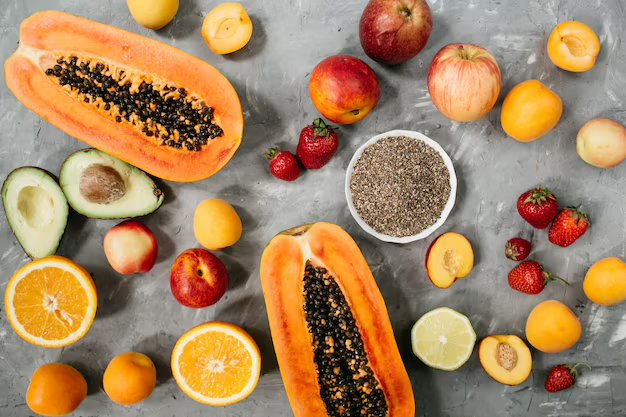Can Diabetics Enjoy Fruit? Here’s What You Need to Know
Navigating a healthy diet can be challenging, especially if you're living with diabetes. With so much conflicting advice, it's easy to wonder about which foods to enjoy or avoid. A common question that pops up is: Can diabetics eat fruit? The short answer is yes, but with some considerations to keep in mind.
The Sweet Truth About Fruit
Fruit is a natural source of vitamins, minerals, and fiber, making it a healthy choice for almost any diet, including for those managing diabetes. However, since fruit contains carbohydrates and natural sugars, diabetics should be mindful of portions and choices.
Why Fruit Can Be a Good Choice:
- Rich in Nutrients: Most fruits are packed with essential vitamins like vitamin C and potassium, which are crucial for overall health.
- High in Fiber: Fiber can help moderate blood sugar levels and supports digestive health.
- Low in Calories: Many fruits are naturally low in calories yet satisfying, making them ideal for weight management.
Things to Consider:
- Monitor Blood Sugar: Understand how different fruits affect your blood sugar by checking your levels particularly when trying them for the first time.
- Mind the Portion Sizes: Be aware that even though fruit is healthy, larger quantities can lead to spikes in blood glucose levels.
Best Fruits for Diabetics:
For diabetics, choosing fruits with a low glycemic index (GI) is advisable as they have a slower impact on blood sugar levels. Some excellent choices might include:
- Berries: Blueberries, strawberries, and raspberries are not only delicious but also have a low glycemic load.
- Cherries: Packed with antioxidants and low in GI.
- Apples: Their fiber content makes them a satisfying snack that won't spike your blood sugar.
Making Informed Eating Decisions
When incorporating fruit into your diet, pair it with a source of protein or healthy fats to stabilize your blood sugar levels. For instance, enjoy an apple with a tablespoon of almond butter or some berries stirred into Greek yogurt.
Exploring Financial and Educational Resources
Eating healthy can sometimes seem costly or challenging. Thankfully, there are numerous resources available to support you in making healthy lifestyle choices without breaking the bank.
Here are some ways to explore financial assistance:
- Government Nutrition Programs: Programs like SNAP (Supplemental Nutrition Assistance Program) can help families access healthy foods, including fruits and vegetables.
- Financial Counseling: Assistance is available to help manage medical expenses and understand options like debt relief and credit card solutions tailored to your needs.
- Health-Focused Grants: Various non-profits offer educational grants and workshops focusing on nutrition and diabetes management.
Whether you're a student seeking educational opportunities or an individual looking for financial support, understanding the available options is key to empowering your health journey.
👇 Explore these Resources for Better Financial Access to Healthy Foods 👇
- 🥦 SNAP Benefits: This program provides food-purchasing assistance for low and no-income people.
- 💳 Credit Counseling Services: For managing debts related to healthcare.
- 💡 Educational Grants: Available for courses focused on nutrition and health management.
- 📞 Debt Relief Programs: Help reduce medical bills and expenses.
- 🌱 Local Food Banks: Often provide fresh produce, aiding in healthier food choices.
Taking control of your diabetes should never feel out of reach. With the right information and resources, you can enjoy life’s sweetness, like the natural delight found in fruit, while maintaining good health.
